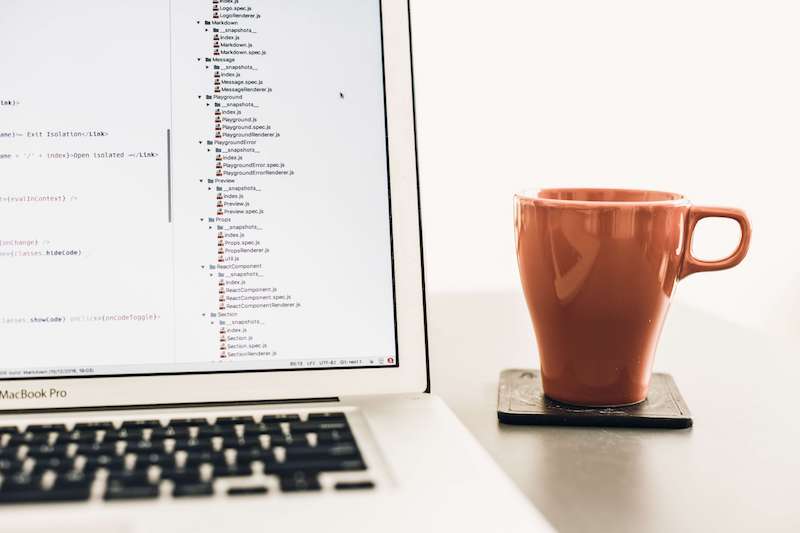This week I decided to explore current hypertext research. I was able to find an article using similar methods and addressing some of the dame concerns as the readings for the week.
Salmerón, L., Naumann, J., García, V., & Fajardo, I. (2017). Scanning and deep processing of information in hypertext: an eye tracking and cued retrospective think-aloud study. Journal of Computer Assisted Learning, 33(3), 222–233.
In this article, the authors examine differences in student problem solving performance, comparing scanning vs. deep processing techniques of a hypertext article. They begin with an explanation of the Information Problem Solving on the Internet Model (IPS-I), and base the research on this framework. Two methods were used for data collection: Retrospective think-aloud protocols and eye tracking. Prior to the study students completed a validated reading comprehension test to establish data on comprehension levels. Students were then provided a hypertext document, similar to a Wikipedia entry. Students were asked to answer questions in both retrieve and integrate categories. As might be expected, scanning hypertext led to poor comprehension, while deep possessing of material led to better comprehension. Deep processing led to better results regardless of reading comprehension level.
In my opinion, the real strength of this article was in the design and methodology. Since there were multiple variables being compared, a more complex statistical analysis was required. This was summarized in a concise, logical manner relevant to the results. Data collection methodologies were also well-described. While retrospective think-aloud methodologies may be assumed weaker because of the influence of time on the participant’s subjectivity, this qualification was detailed by the authors. Additionally, eye-tracking systems were described with detailed methodological background. A suggestion for improvement might be to also capture log data to aid in triangulation.
The value for me personally in this article was again in the descriptions of methodologies. Both think-aloud and eye tracking are data collection techniques I am interested in using but have little experience with – I’ve tried think-aloud informally in interface design. The method of retrospective think-aloud used in this article was interesting to me. The authors had students watch videos after the fact, and articulate the process that occurred. Additionally, I’m interested in comparing multiple variables during a single study. While this may require a more rigorous design, I think overall it may provide richer data and save time overall, as multiple data streams could be collected at once and analyzed in multiple ways later.


Recent Comments